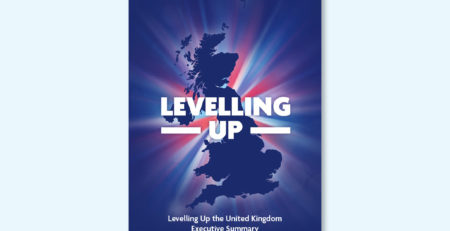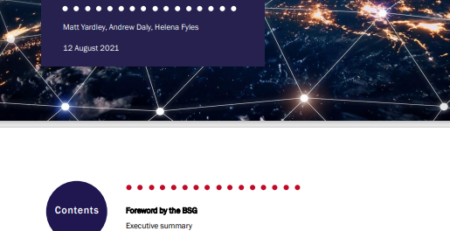Future bandwidth demand features at CES 2014
Another new year, another Consumer Electronics Show, where Las Vegas plays host to the latest developments in consumer technology. There’s been plenty of coverage on the weird and the wonderful in the press, but at the BSG we’ve been interested to note a growing conversation about bandwidth needs for the cutting edge products poised to dominate the market.
UHDTV or 4K video streaming has been a notable highlight. Firstly, Google showcased their low-bandwidth 4K YouTube streaming called VP9, and have been working closely with a range of the big electronics firms and device manufacturers on its implementation. Netflix also took to the stage to promote its 4K services, with CEO Reed Hastings stating will require 15Mb/s of bandwidth compressed using HEVC. Interestingly, Broadcom also announced 5G Wi-Fi chips for tripling bandwidth in wireless home networking.
At the end of last year, the BSG worked with Communications Chambers to publish a study forecasting demand for bandwidth in UK homes through to 2023. We argued that evidence and methodology is key to inform the critical question of the right level of infrastructure to meet demand, and our study provided an significant attempt to forecast demand based on the applications that consumers want to access at the household level, based on a ‘four minutes excluded demand’ methodology. You can read about the headline findings of the report here.
As part of this study, we made a number of assumptions about what future applications will need from their bandwidth, and video content was a significant driver across household types. As with any future forecasting, we made these assumptions based on best available intelligence, working with ISPs, device manufacturers and content providers together. Our estimates for 4K streaming were for 30 Mbps in 2013, with a 9% annual compression rate, based on a variety of estimates (see p.31 of the report for further detail). Could it be then that our initial 30 Mbps figure was too generous? We’ll be keeping an eye on the debate, and are keen to generate further discussion on the matter.




